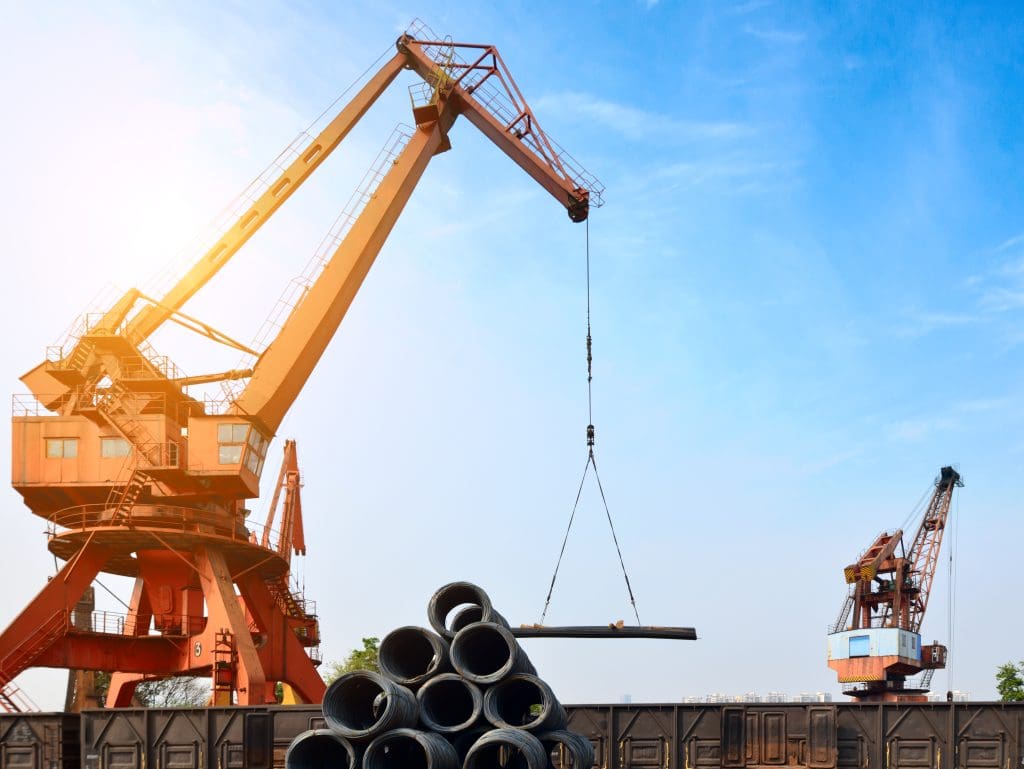Heavy equipment and machinery transport can be a complex and challenging process, especially when it involves moving oversized or overweight items. However, with proper planning and execution, it is possible to safely transport heavy equipment and machinery from one location to another. Here’s a guide that covers everything you need to know about heavy equipment and machinery transport.
1. Determine the Type of Equipment or Machinery
Before transporting heavy equipment or machinery, you need to determine its type, size, weight, and dimensions. This information will help you to determine the appropriate method of transportation, as well as any necessary permits or regulations.
2. Choose the Right Transportation Method
The transportation method you choose will depend on several factors, including the type of equipment, the distance to be covered, and the terrain of the route.
The most common transportation methods include:
– Flatbed Trucks: These are the most common type of transportation used for heavy equipment and machinery. They are suitable for transporting items that can be loaded onto a flatbed trailer and secured in place.
– Lowboy Trailers: Lowboy trailers are used for transporting oversized or overweight items. They have a low deck height that allows for items to be loaded and unloaded easily.
– Step Deck Trailers: Step deck trailers have a lower deck for the front of the load and an upper deck for the rear of the load. They are suitable for transporting items with a higher profile.
– Multi-Axle Trailers: Multi-axle trailers are used for transporting extremely heavy or oversized items. They have more axles than standard trailers to distribute the weight of the load more evenly.
3. Obtain the Necessary Permits and Regulations
Transporting heavy equipment and machinery may require permits and compliance with regulations depending on the size, weight, and route of the transportation. Regulations can vary depending on the state or country you’re in, so it’s important to research and comply with all relevant requirements.
4. Plan the Route
When planning the transportation route, consider the size and weight of the equipment or machinery, as well as any road restrictions or obstacles. Take into account the condition of the roads and the terrain of the route, and ensure that the route can accommodate the size and weight of the load.
5. Secure the Load
Once the equipment or machinery has been loaded onto the transportation vehicle, it needs to be properly secured to prevent it from shifting during transportation. This includes using chains, straps, and other securement devices to keep the load in place.
6. Hire a Professional Transport Company
Transporting heavy equipment and machinery is a complex process that requires expertise and experience. It’s best to hire a professional transport company that specializes in heavy equipment and machinery transport to ensure that the process is done safely and efficiently.
7. Insurance and Liability
Before transporting heavy equipment and machinery, it’s essential to ensure that you have adequate insurance coverage and liability protection in case of any accidents or damage that may occur during transportation.
In conclusion, transporting heavy equipment and machinery requires careful planning, compliance with regulations, and the right transportation method. Hiring a professional transport company with experience and expertise in heavy equipment and machinery transport is often the safest and most efficient way to transport your items.

